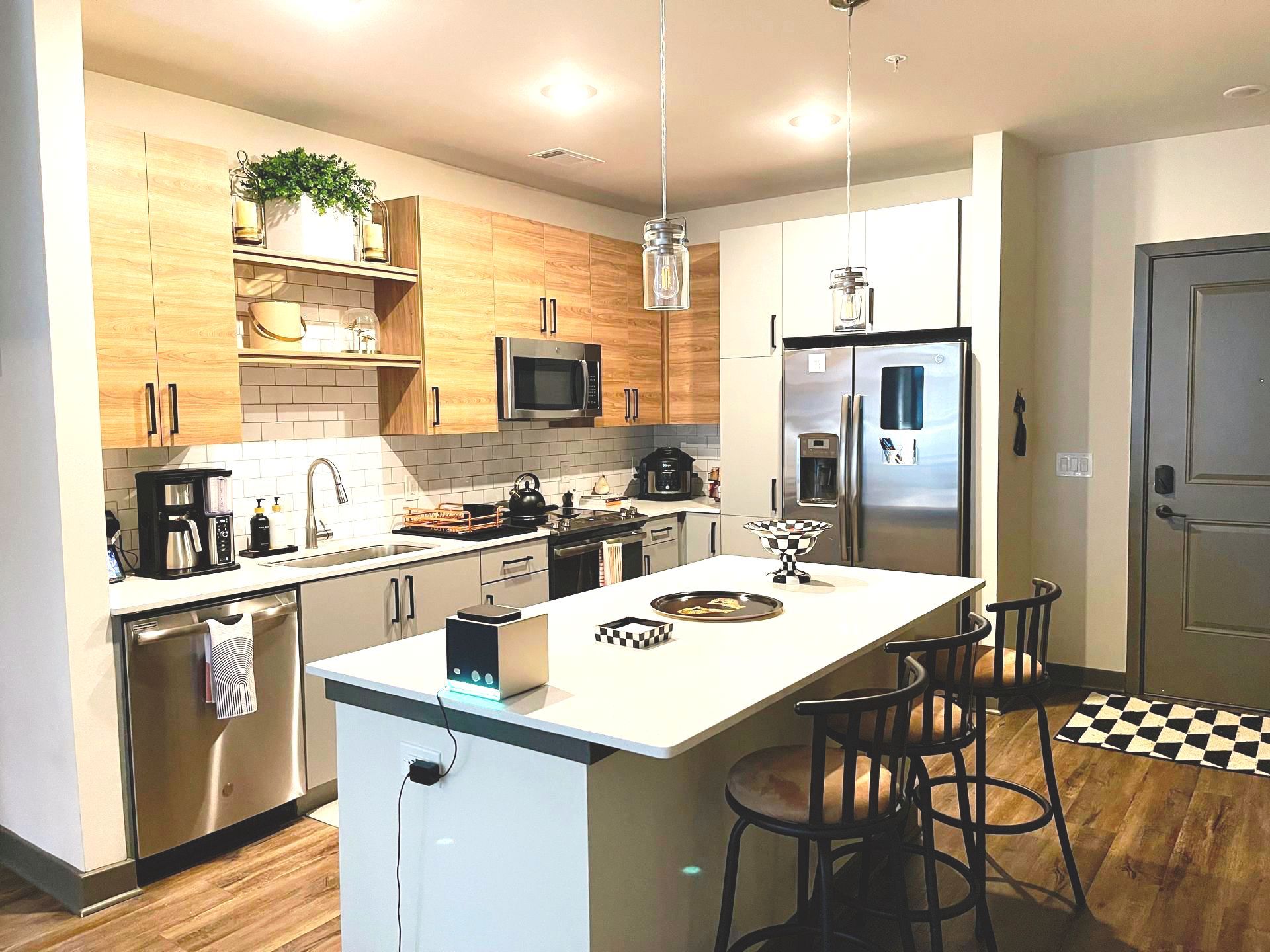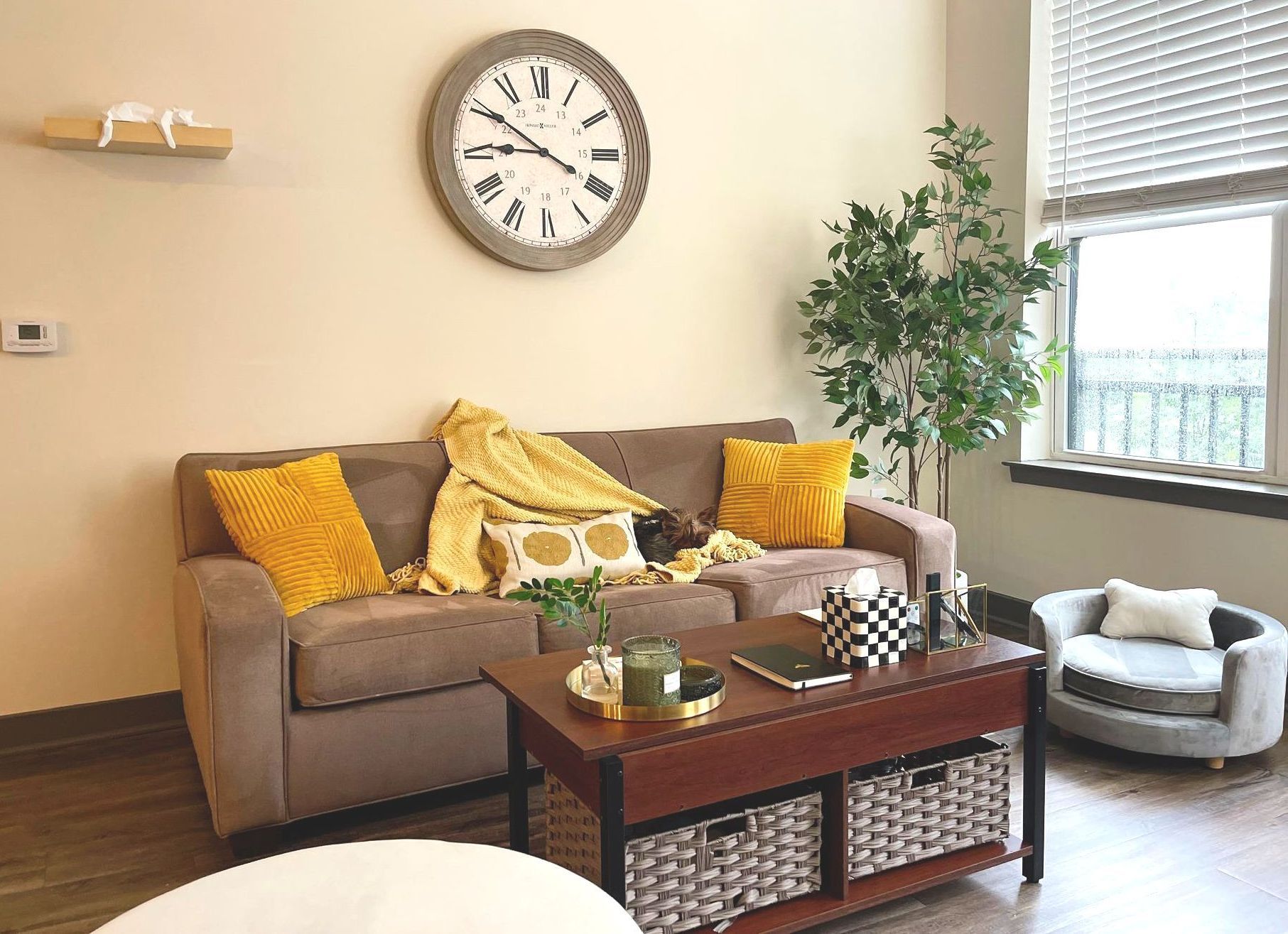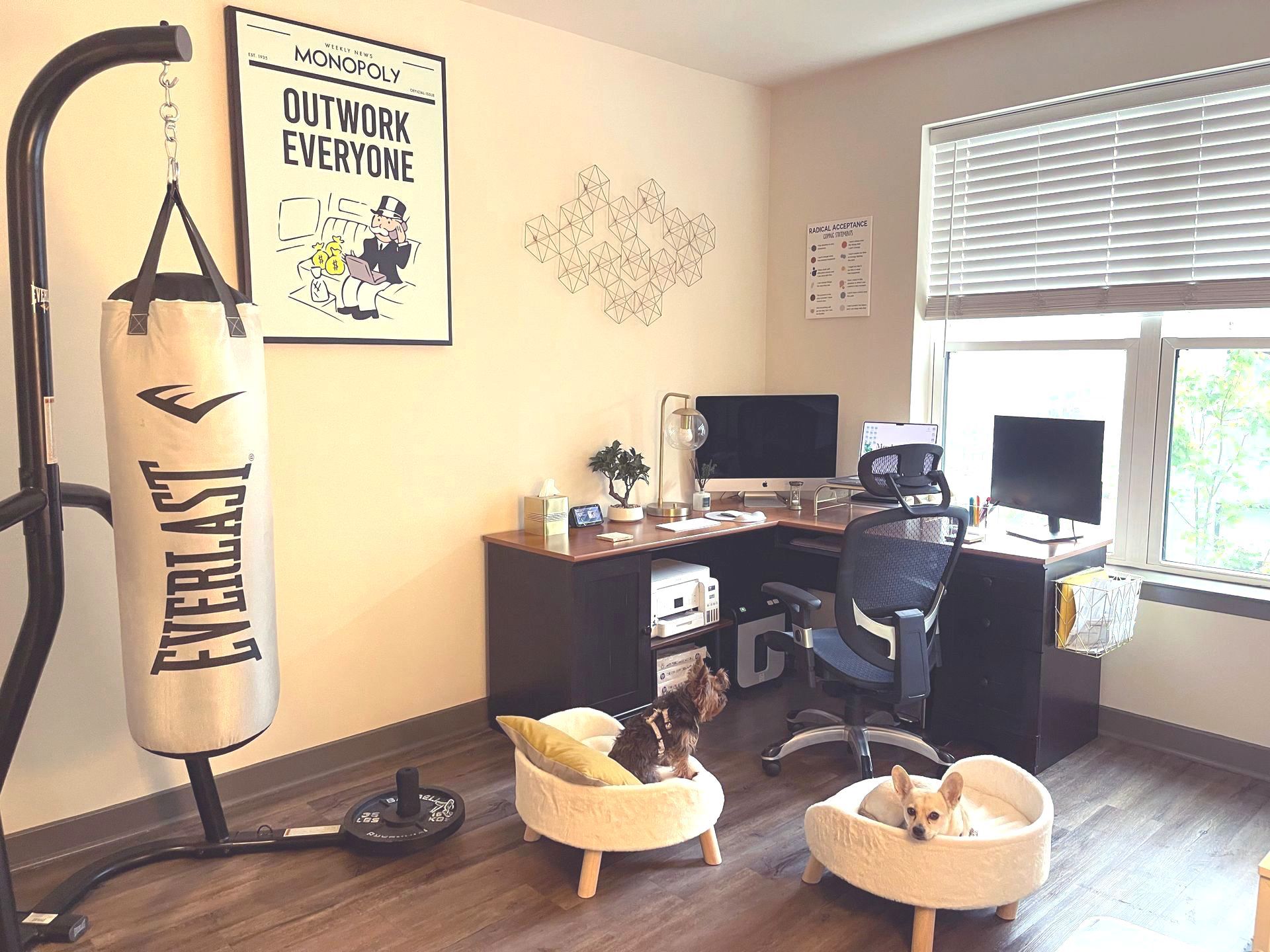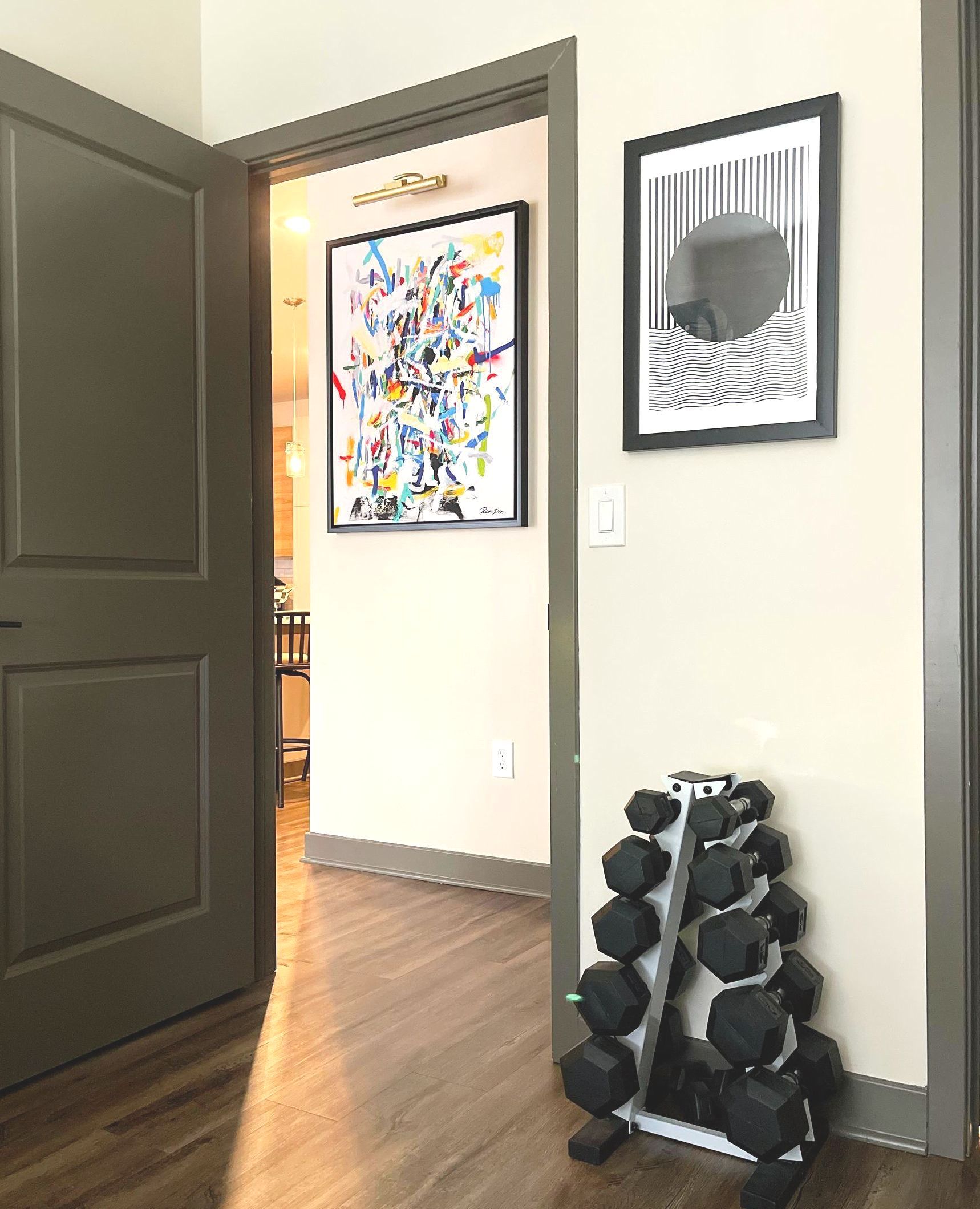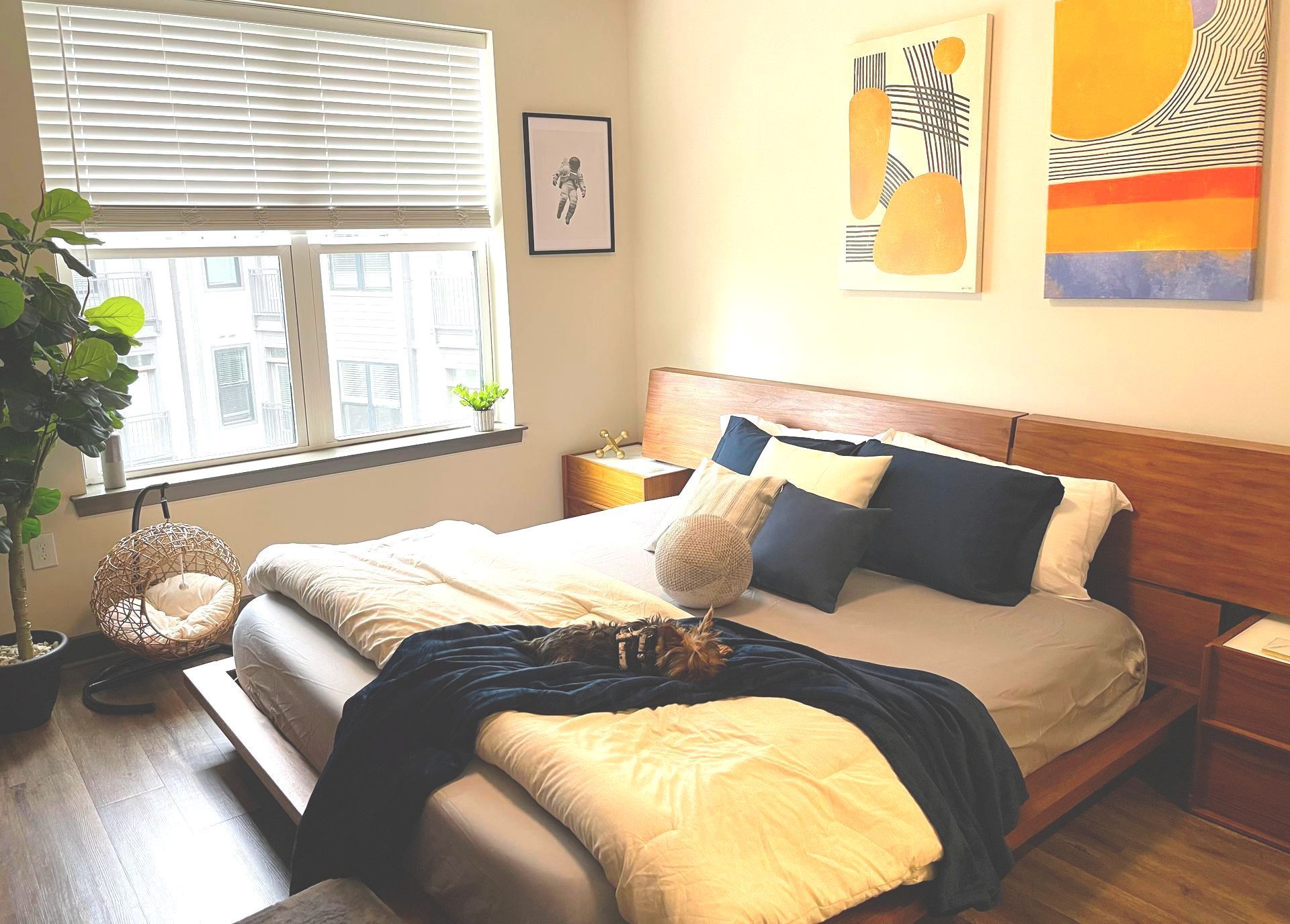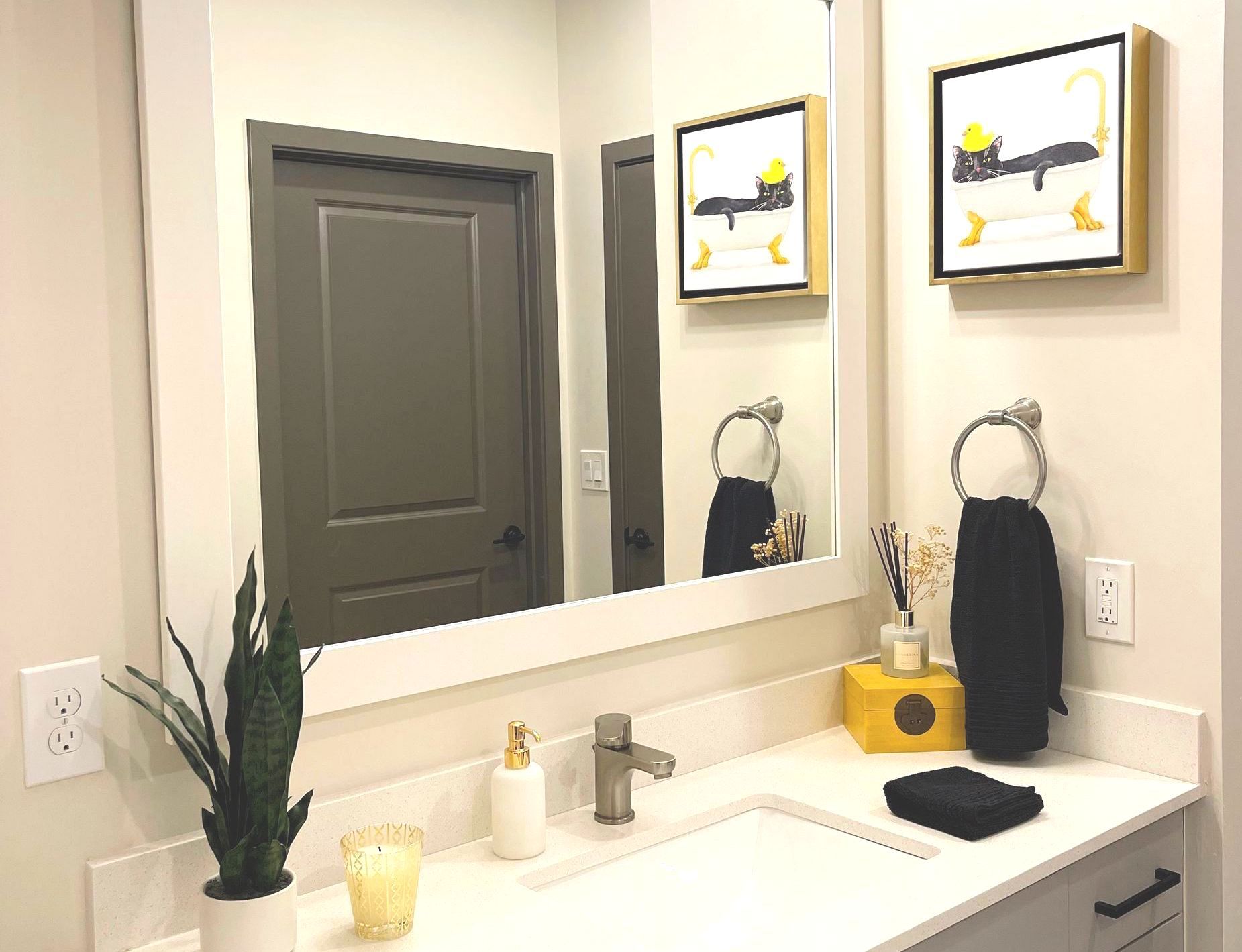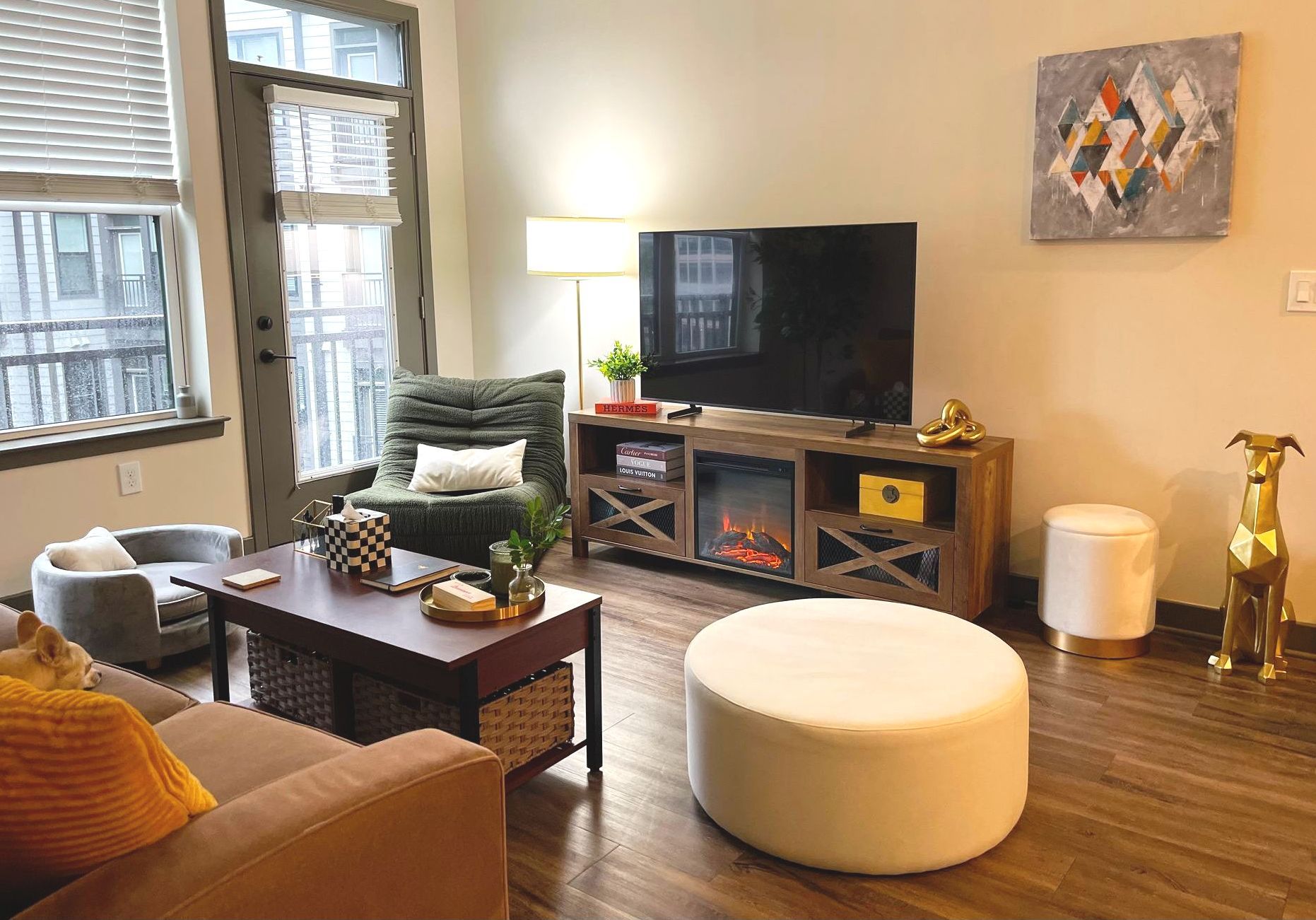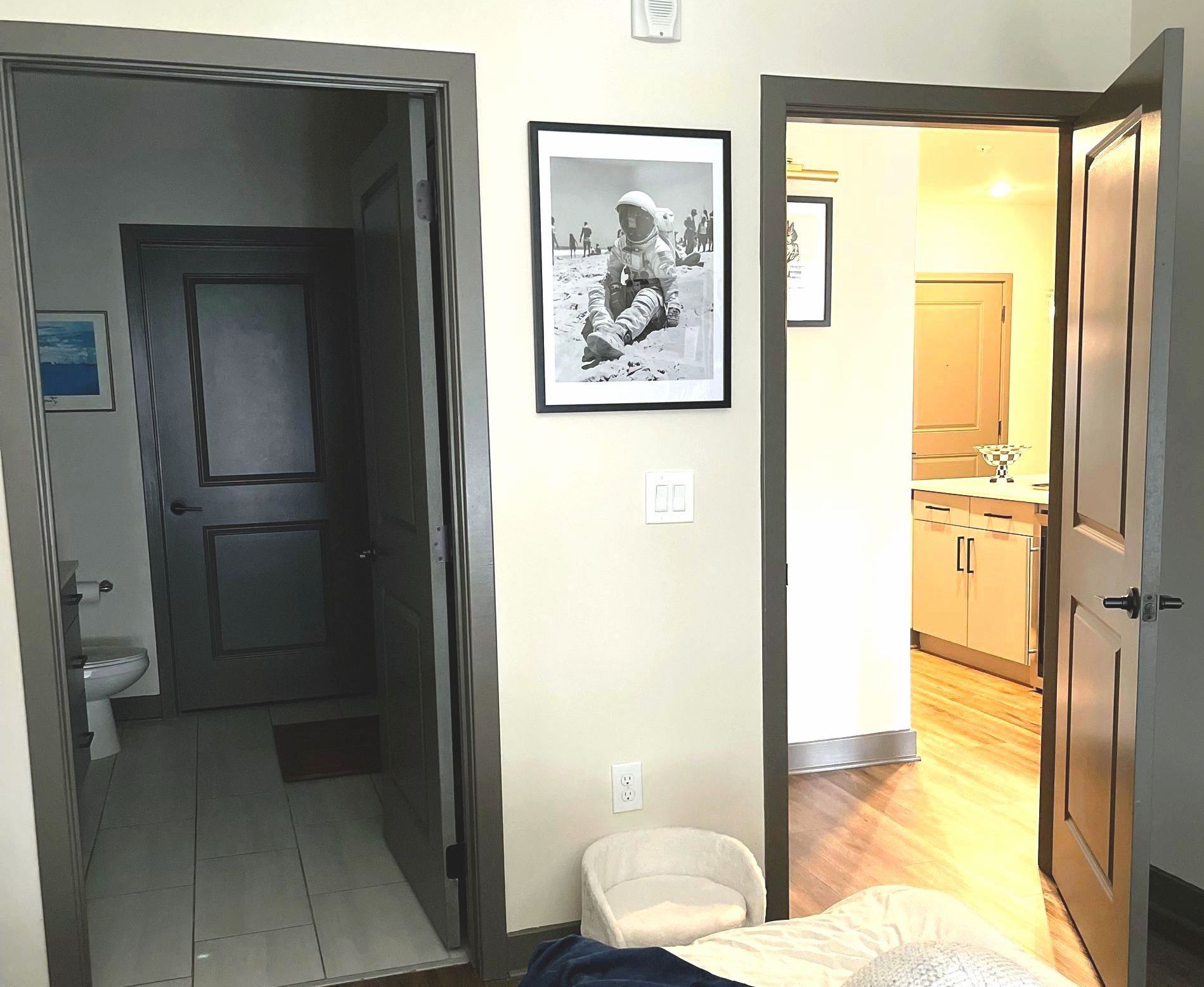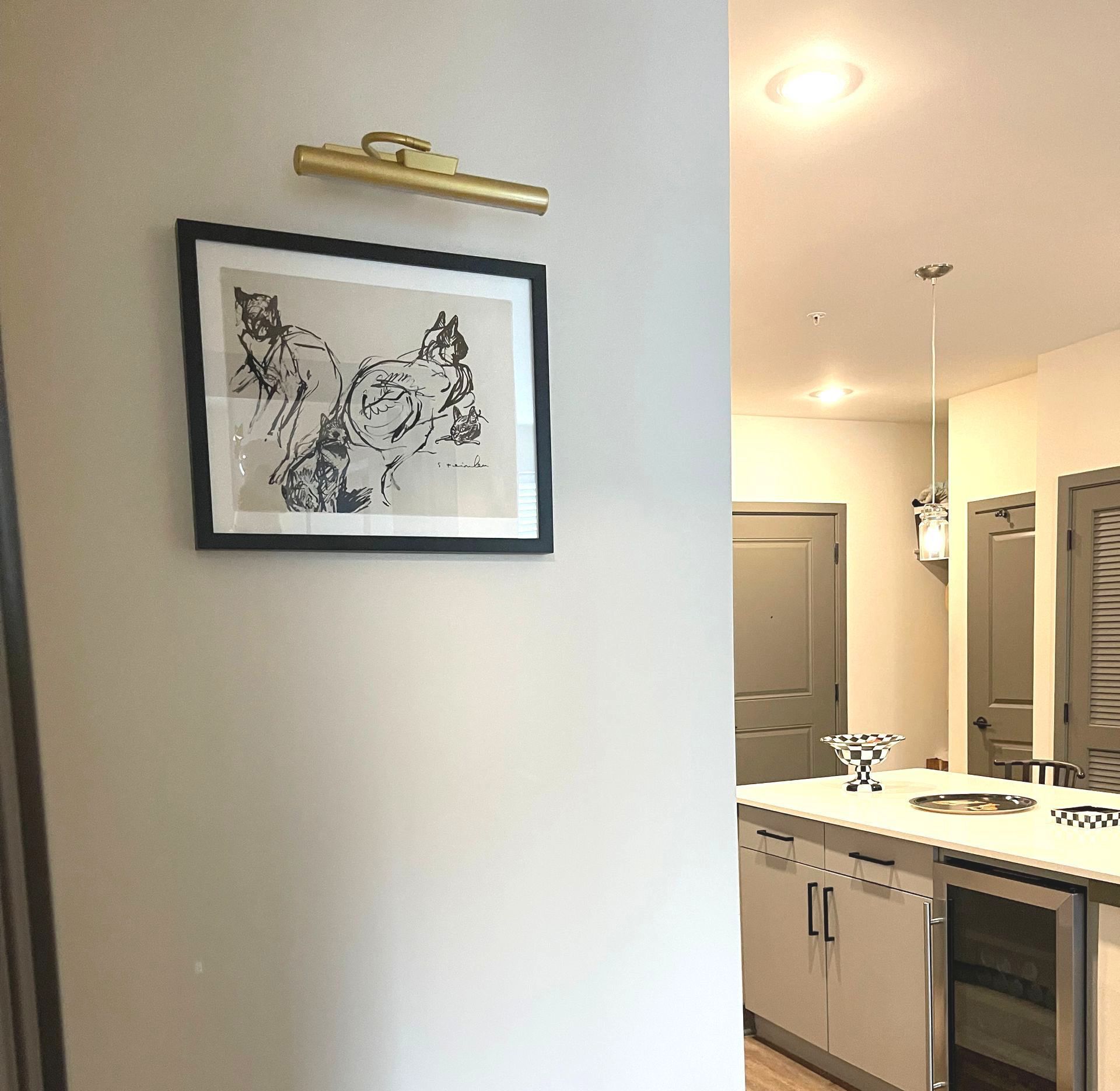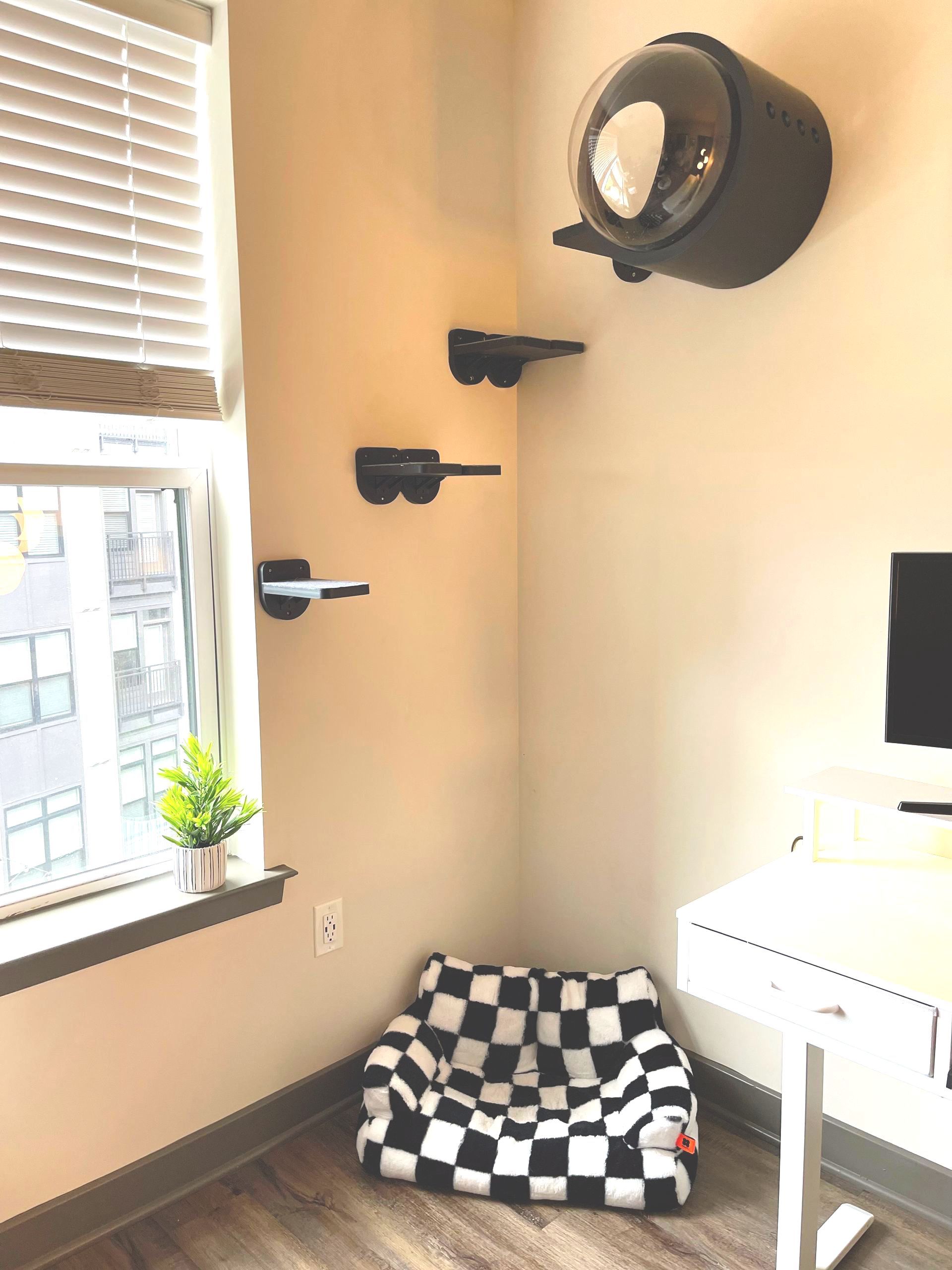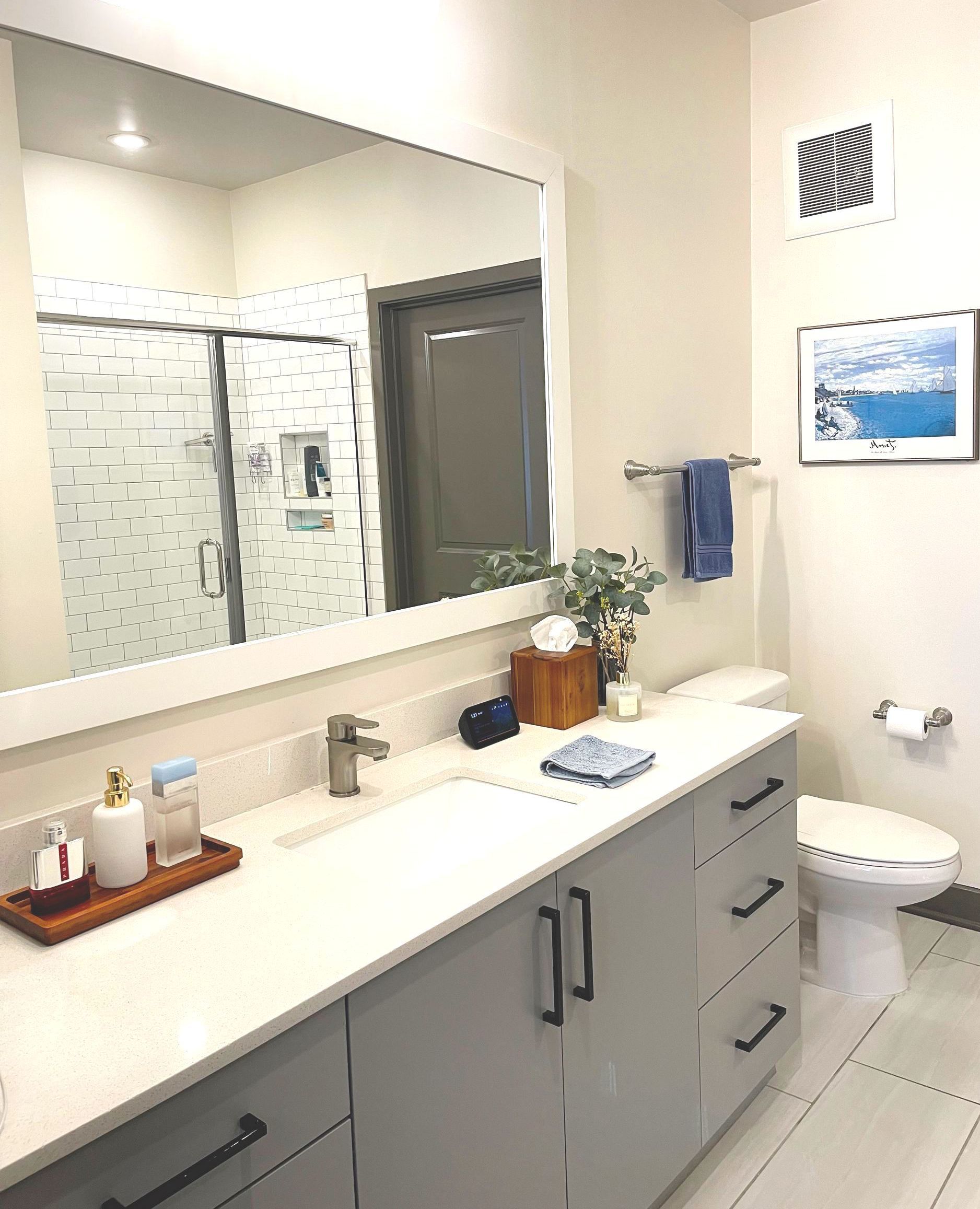Moodspace Theory
Our Core Belief
At Moodspace, we believe your environment has the power to support your healing.
What Makes a Moodspace
The Moodspace Method™ was born from lived experience and emotional recovery. It’s based on the idea that your space isn’t just where you live — it reflects your inner world. When curated with care, a room can offer comfort, clarity, and resilience.
More Than Just Decor
A true Moodspace isn’t about trends — it’s about meaning. Every item, layout choice, and detail is chosen to create a feeling:
Calm. Joy. Grounding. Hope.
It’s intentional, personal, and deeply supportive.
Designed for You — Not for Show
We design spaces to affirm your worth — not to impress others. Nothing we publish is anything we wouldn’t proudly live in ourselves. That’s how we build trust — with honesty, care, and emotional integrity.
An Evolving Method
The Moodspace Method is always growing — shaped by real stories, feedback, and lived truths.
But our mission stays the same:
To create rooms that don’t just look beautiful —
they help you feel better in a world that often forgets how heavy life can be.
Because healing starts with a space that finally feels like it sees you.

The Space That Inspired It All
Where Healing Became Design and Design Became Purpose
Moodspace was born during a pivotal moment in my life — one marked by both personal challenge and profound transformation.
Though I had always thrived professionally, managing mental health while building a career proved uniquely demanding. During a particularly difficult chapter, I entered inpatient mental health treatment. Upon discharge, I was adjusting to outpatient care, a full-time job, and an unexpected transition in my personal life that required me to find a new place to live — and quickly.
That apartment became my starting point. It was the first space I could truly call my own — and the first space I could design entirely for my own healing.
What began as a coping mechanism soon became a practice of deep intention. I spent months curating each room, not just to make it beautiful, but to make it emotionally supportive. Every detail mattered — every color, texture, and item was chosen with care. I often sat quietly in a room just to feel what it needed, adjusting pieces until the space felt whole.
As I spent more time reflecting in those rooms, I noticed something powerful:
The way I designed my environment had a real impact on how I felt.
Different rooms offered different forms of healing — clarity, calm, strength, even joy.
That experience showed me two things:
- If this process helped me feel more grounded, maybe it could help others too.
- There’s still not enough conversation about the realities of navigating mental health in professional environments.
And so Moodspace was born — not just as a design brand, but as a platform.
One that uses intentional design to support emotional wellness and shed light on the often invisible challenges so many people carry, especially in the workplace.
Below, you’ll find images of the apartment where it all began.
This space helped me rebuild — and I hope it inspires you, too.
My First Moodspace
Take a scroll through my portfolio to explore the very first Moodspace I ever created — with personal notes on the intention, emotion, and thought behind each design choice.

